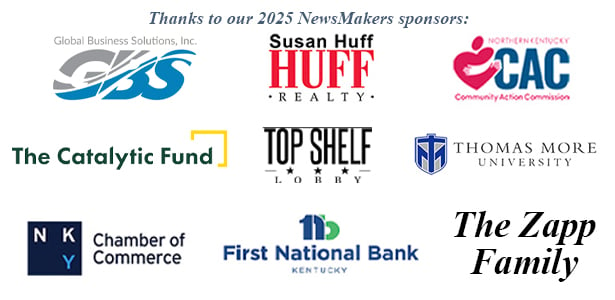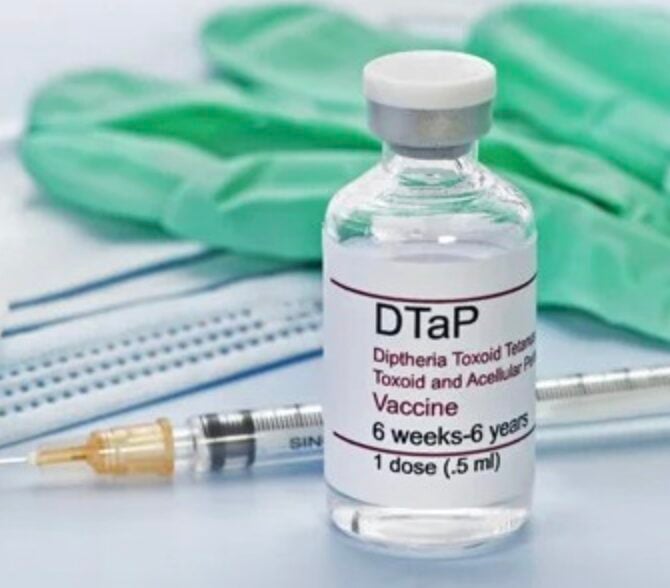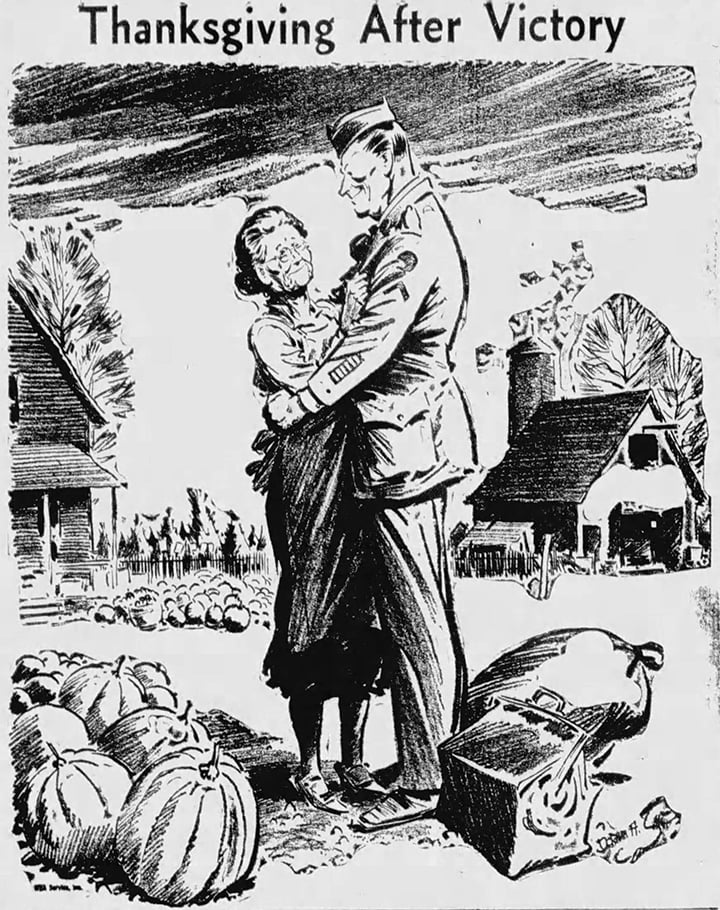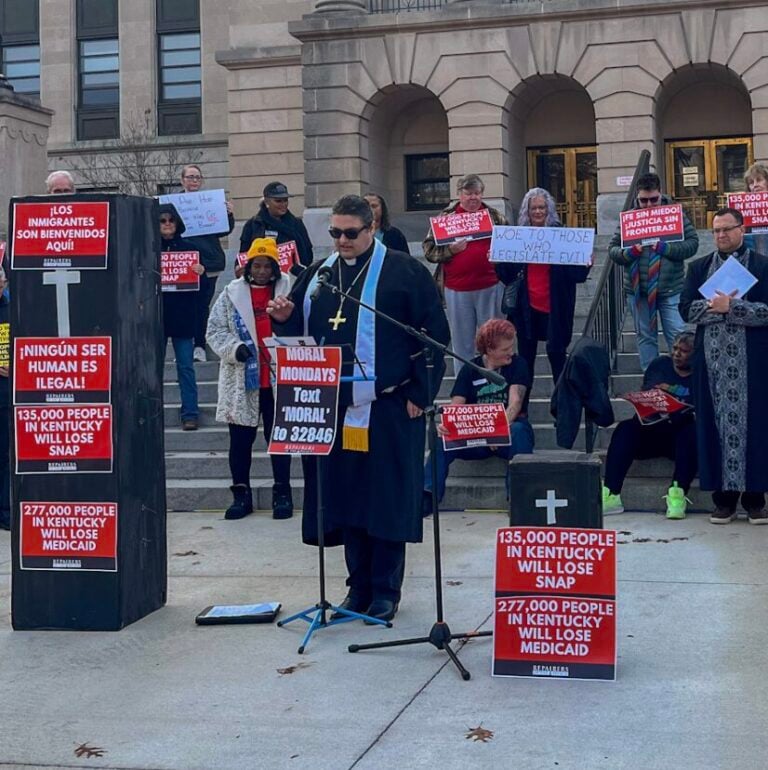The recent tragedy on the Florida Turnpike, where three lives were lost in a crash involving an undocumented immigrant truck driver making an illegal U-turn, highlights significant gaps in the enforcement of commercial trucking regulations and then also stirs political debate. The incident underscores systemic lapses that allowed an unfit individual to operate a massive vehicle on public roads.
I approach this incident through the lens of risk and public safety, considering its implications for both business owners and the public.
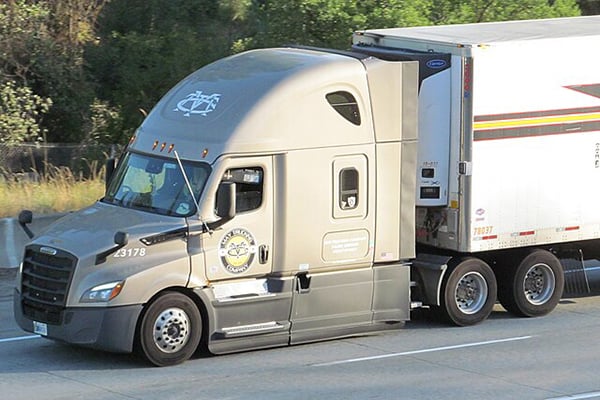
This is not a political issue; it is about right and wrong, and what is safe versus unsafe. In my profession, I must provide candid opinions based on risk exposures and the imperative to keep people safe and the doors open for business owners. While decisions are not always black and white, I try to keep emotions out of my decisions, and I always err on the side of safety.
The Federal Motor Carrier Safety Administration (FMCSA) requires that commercial drivers possess sufficient English proficiency to understand road signs and communicate effectively with law enforcement. In the case of Harjinder Singh, the driver involved in the incident, he reportedly answered only 2 out of 12 verbal questions correctly and was able to identify just one of four traffic signs during his evaluation. These findings raise serious concerns about the adequacy of screening and oversight processes for drivers who may be undocumented or have limited English proficiency.
Singh entered the U.S. illegally via Mexico in 2018 and later obtained a commercial driver’s license in California — one of 19 states that issue licenses regardless of immigration status. The consequences of these failures are devastating. Singh allegedly attempted an unauthorized U-turn, causing his truck to jackknife and collide with a minivan, killing three people. This was not just a tragic accident; it was a preventable one.
Singh had been flagged for speeding weeks before this crash and was operating under questionable licensing circumstances, which should have triggered more rigorous scrutiny in New Mexico when he was stopped.
This incident also reignites the debate over immigration enforcement and its intersection with public safety. Regardless of one’s stance on immigration, employment eligibility must be paired with strict compliance to safety and regulatory standards—particularly in high-risk industries like trucking.

In the world of safety, we don’t throw out OSHA standards based on somebody’s immigration status or how it might affect production and profitability do we?
The root of this issue is that in the U.S. we are currently experiencing a significant shortage of truck drivers, impacting supply chains and increasing costs. The American Trucking Associations (ATA) estimates a shortage of 80,000 drivers in 2021, with projections reaching 160,000 by 2030 according to Matrack.
Factors contributing to this shortage include an aging workforce, challenging job conditions, and strict licensing requirements. As a result, some trucking firms have hired undocumented and unqualified drivers to cut costs, compromising safety standards and contributing to increased highway fatalities.
This would be no different from a steel erecting company hiring untrained and unskilled laborers, and placing them 4 stories up hanging steel with a harness that the employee doesn’t comprehend how to wear.
While immigrant drivers—documented and undocumented—play a vital role in sustaining the trucking workforce, the lack of consistent oversight and language proficiency enforcement poses significant risks to public safety and liability exposure for business owners.
In the era of nuclear verdicts today, hiring documented and undocumented immigrants truck drivers that are not proficient in English is a huge gamble, and would be like betting the farm on the slots in Vegas, just praying that those drivers are never involved in a serious accident or fatality.
In 2023 alone trucking companies there were 89 cases with verdicts over $10M, a 27% increase from 2022.
 Keven Moore works in risk management services. He has a bachelor’s degree from the University of Kentucky, a master’s from Eastern Kentucky University and 25-plus years of experience in the safety and insurance profession. He is also an expert witness. He lives in Lexington with his family and works out of both Lexington and Northern Kentucky. Keven can be reached at kmoore@higusa.com
Keven Moore works in risk management services. He has a bachelor’s degree from the University of Kentucky, a master’s from Eastern Kentucky University and 25-plus years of experience in the safety and insurance profession. He is also an expert witness. He lives in Lexington with his family and works out of both Lexington and Northern Kentucky. Keven can be reached at kmoore@higusa.com• 27 cases exceed $100M
• Eight cases exceed $500M
• Two cases exceeded $1B
I can tell you with a high degree of certainty that very few of these trucking companies that lost these nuclear verdicts cases are still in business. With the annual increase in premiums today, trucking companies have a hard time affording limits of up to $2M in limits of liability, let alone $10M.
Trucking companies today need to avoid the lure of hiring these unqualified drivers. The current administration and the trucking industry need to come together and find solutions and incentives to decrease the truck driver shortage. Increasing their tolerance for risk is not the solution.
In the wake of this tragedy, policymakers must ask hard questions: How did Singh slip through the cracks? Why wasn’t the required language proficiency test administered during his New Mexico stop? What safeguards can be put in place to prevent similar incidents in the future?
Ultimately, this case is a sobering reminder that regulatory compliance is not just a bureaucratic box to check—it’s a matter of life and death. The trucking industry, state licensing agencies, and federal regulators must work together to ensure that every driver on the road is qualified, competent, and compliant. Anything less is a risk we cannot afford.
If you are still not convinced, all you must do is talk to the family of the three victims in Florida, if preventing the non-proficient in English driver that caused the accident from driving that commercial vehicle would have saved their lives? Is not saving just one life, worth it?
Be Safe My Friends.




